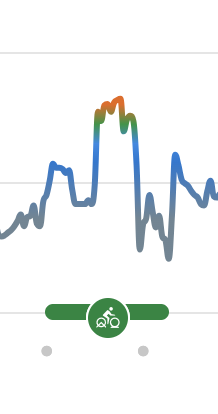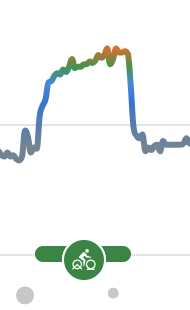Hi,
I've just bought a Garmin FR 965 (previously using Apple Watch) and noticed strange behavior during training. I've been doing a session on Zwift using HR chest strap and Zwift showed HR of ~160bpm, at the same time Garmin on my wrist with no activity enabled was showing ~80. I've started a cycling activity for a while to check what was going on and suddenly Garmin started showing 160 as well. And when I've stopped the activity after few minutes it was 80bpm again.
Any idea what this might be about? If I have heart rate of 160 the watch should show 160 no matter if any activity is enabled or not. Apple Watch have no problem with that :)




